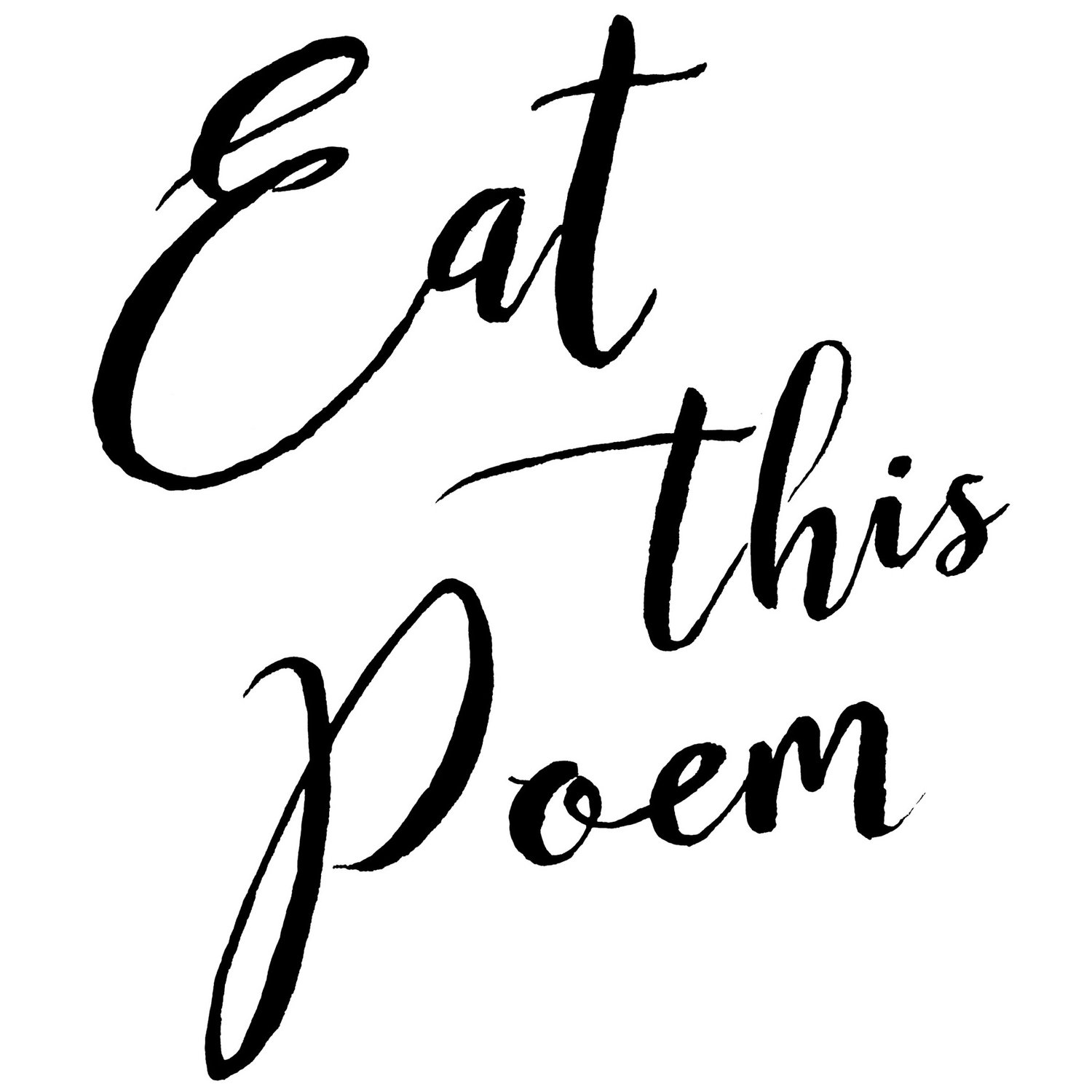The anticipation of a good meal is occasionally the only redeeming quality of a day. Especially on days that are routine, ordinary, or perhaps slightly boring, food can bring us to life. It brings color to my cheeks, so I've been told.
I recently had one of these days, while reporting for jury duty in downtown Los Angeles.
After an early morning, hour-long drive on side streets, and spending two and a half hours trying to read in the waiting room without falling asleep, my group was sent off on a 90 minute lunch break.
I knew where I was headed. Three blocks from the courthouse is Grand Central Market, a convergence of LA food stalls set in a 100-year-old building. I thought about it most of the morning, wondering what I might get. Last year when I found myself in the same situation, I ate at DTLA Cheese two days in a row, devouring a simple salad. With a few new eateries to choose from, I found a seat at the counter of Bombo, Mark Peel's new seafood outpost, and ordered a bowl of mussels with pappardelle.
In the end, the day let me think, let me read, let me write, let me walk. I attempted to see jury duty as a metaphor for impending childbirth, because nothing about the experience that day was in my control, like which group my name would or would not be called in, the random computer generator, or if I was lucky enough to miss the courtroom all together.
Thankfully, I got off easy. The two civil cases we had been brought in for settled out of court, and by the late afternoon, we all cheered when we were told our service was complete.
Two months later, I'm officially on maternity leave, which right now is probably the best feeling in the entire world. Now, instead of anticipating a good meal, I'm anticipating the arrival of our little one in just a couple of weeks. Not that there won't be any good food to be had, mind you.
Over Labor Day Weekend we drove to Underwood Family Farms for what's become an annual Roma tomato pilgrimage. Instead of picking our own boxes, we called ahead and ordered 50 pounds of tomatoes. I spent the next three days making fresh sauce and freezing it for when I'll need it most.
There was no recipe, really. I turned on the heat of my largest Le Crueset pot. Next, I halved, chopped, and slid tomatoes into the pot until it was nearly filled to the brim. Salt. A soft boil. A lower heat, and about 30 minutes, give or take. I simply cooked the sauce until it was done.
All the sauce was strained through a food mill on the coarsest blade, then poured into glass mason jars and sealed. In between, I made some of my favorite tomato things, like this tart from David Lebovitz, Molly's pomodori al forno, and fresh tomato sauce laced with parmesan and basil.
And of course, there is Pablo Neruda's Ode to Tomatoes, a poem I read every year around this time.
The street
filled with tomatoes,
midday,
summer,
light is
halved
like
a
tomato,
its juice
runs
through the streets...
Now there's nothing left to do but eat tomatoes, and wait, wait, wait.








